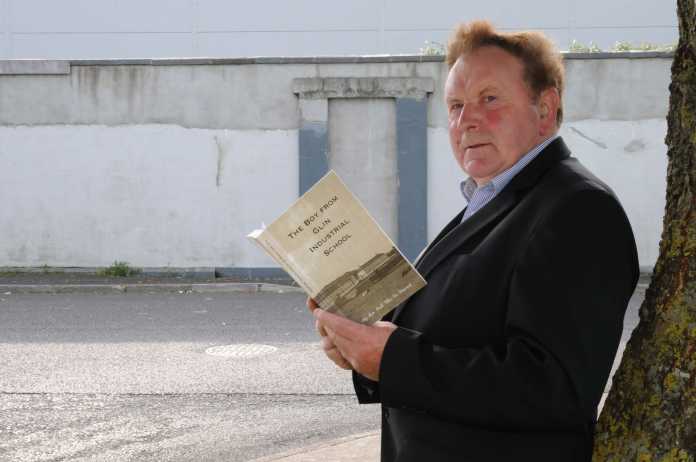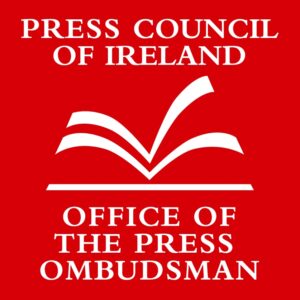
IT was intended as a ceremony of reconciliation but the fact that a Mass and reunion for past pupils of Glin Industrial School was held on the city outskirts rather than in the village itself indicated that the purpose of the event wasn’t shared by all.
The Mass, at which Bishop Brendan Leahy was chief celebrant, was held at St. Nessan’s Church Raheen as a consequence of a row with the Glin Development Association over the wording and placement of a monument near the site of the former St. Joseph’s Industrial School.
Almost 60 years have passed since the Christian Brothers closed the school but hurt and rejection linger for many of those who experienced the physical, emotional and sexual cruelty of the Brothers and their chosen ‘monitors’ who kept the boys in line.
Survivor Tom Wall has just published ’The Boy from Glin Industrial School’, which tells of how he and others were beaten, abused, raped and denied food, proper clothing, care and education during his years at St. Joseph’s.
No contact with family or the external world was possible; there was no accountability as to the boys’ educational and emotional welfare; escapees were punished horribly.
On the the last of the book’s 270 pages there is a picture of the monument the Glin Project Committee (past pupils) chose to have engraved and placed in their communal park. It is there that elements of the village’s history are symbolised but there is no acknowledgement of the school (1928-1966) or its legacy.
“The Glin Development Association deemed the engravings unsuitable and wanted to have the apology by Brother Philip Pinto, congregation leader of the Christian Brothers placed under ground level. This made it meaningless for us and we had no option but to pull out of Glin for the Mass and look for accommodation in Raheen Church”, Mr Wall explained.
With the credibility of their former charges no longer reviled, Brother JK Mullan, provincial leader of the Christian Brothers in Ireland, added his apology to Brother Pinto’s at the Raheen service which was supported by bishops, parish clergy, Glin survivors and County Council Cathaoirleach John Sheahan who launched the book.
But the monument that was intended for the park in Glin remains in storage with its engraved dedication still wrapped up from a wider gaze.
Those words, written by pioneering journalist the late Mary Raftery, state: ”Thousands of victims of industrial schools bear witness to a society unwilling to question its own comfortable certainties out of a fear that those beliefs might turn out to have been built on sand”.





